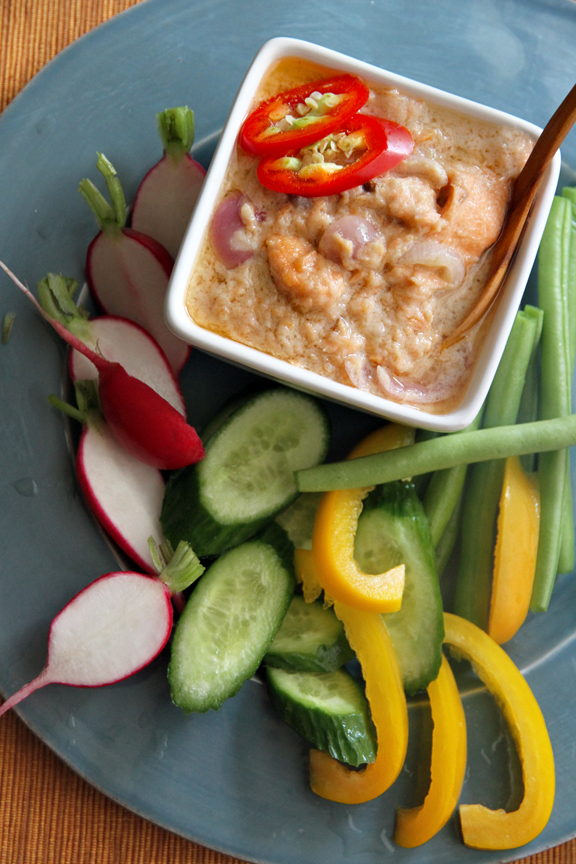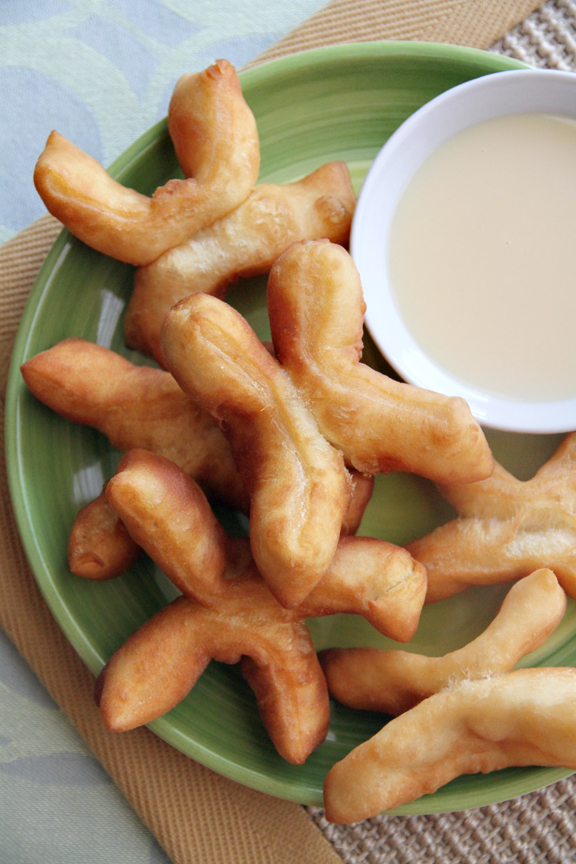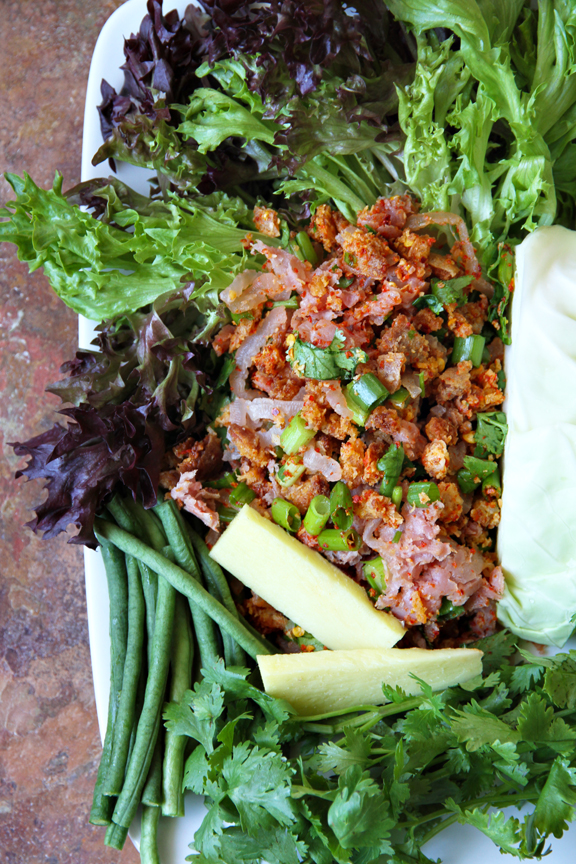Unless you grew up/have lived in a Thai household or are a non-Thai who regularly eats Thai home-cooked meals with a Thai family, chances are you’re not familiar with a family of coconut milk-based relishes called lon1 (หลน). After all, this is not something readily available on the streets of Bangkok; it’s not something Thai restaurants overseas usually serve either. This, to me, is Thai home cooking through and through.
So, if I were to start a series of posts on traditional Thai dishes beyond Pad Thai that have remained largely obscure to Thai food enthusiasts worldwide, lon, especially this one, would be the perfect series premiere. It’s quite mild and made of ingredients which aren’t generally considered acquired tastes. It’s also delicious, and that’s the most important factor.
Dishes categorized as nam phrik 2 (น้ำพริก) and khrueang jim 3 (เครื่องจิ้ม) are awkwardly rendered “relishes” and “dips” — probably the best English words for them mostly due to a lack of better alternatives. Most Thai restaurants don’t even put dishes in this family on the menu, perhaps because they’re afraid their diners won’t know how they fit into a traditional Thai meal ensemble. Are they stand-alone appetizers? Are they main dishes? Are they dipping sauces? How do you eat them — like you do curry? Do you ladle it over a plate of rice and eat it like that? Or do eat it one spoonful at a time? Do you eat them in the manner of carrot sticks and ranch dressing? Are they used as condiments the way the Korean use their gochujang? Continue Reading →













